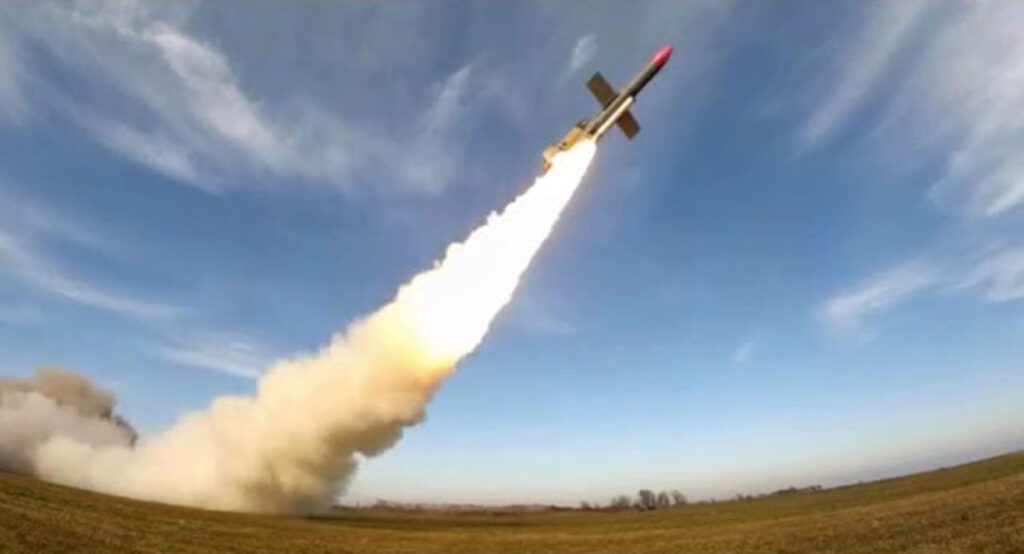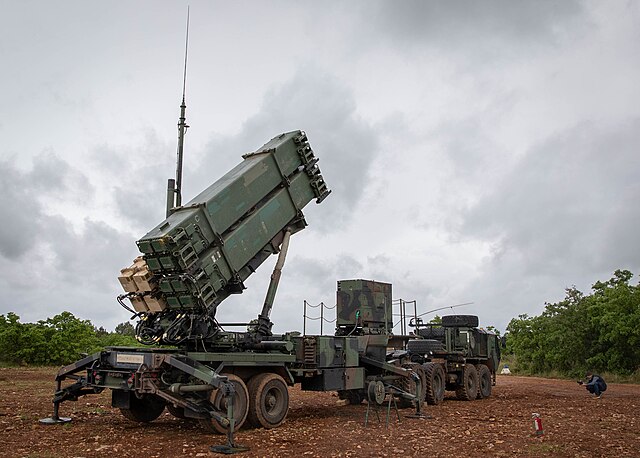Ukraine scaling to 600-800 interceptor drones daily, while Berlin and Copenhagen becoming weapons export hubs

On 3 November, Ukrainian President Volodymyr Zelenskyy confirmed that missile production is progressing well, with mass production of several systems expected to be completed by the end of the year. He also mentioned the deployment of new missile models and the expansion of production capacities, particularly for interceptor drones and maritime unmanned vehicles, UNIAN reports.
Producing its own high-tech missiles and unmanned weapons will allow Ukraine to be more independent in defending its sovereignty and deterring Russia. It also opens the door to international cooperation with partners, who would gain access to weapons that have proven effective in the largest war in Europe since World War II.
Tools of response and strategic pressure
“We are deploying new missiles, including the ‘Flamingo,’” Zelenskyy said.
He did not specify quantities but has noted that the country expects mass production by year-end. He also emphasized the “Neptune” series, already in production and delivering strong results.
“We have standard and extended versions, both performing very well," he explained.
According to Zelenskyy, these systems are effective against energy infrastructure strikes, targeting resources that fund the aggressor.
Scaling production: 600–800 interceptor drones Per Day
Ukraine is also accelerating production of interceptor UAVs, aiming to reach 600–800 units per day by the end of November, “if all goes according to plan.”
Zelenskyy acknowledged potential setbacks, such as attacks on factories or damage to workshops, but stressed that “so far we have not lost any type of long-range weapon.”
The industry is working alongside the military, with repair teams and logistics restoring production capacity even after strikes.
Berlin and Copenhagen as first hubs of weapon exports
Zelenskyy announced the creation of two European export hubs: “These are for weapons we can afford to sell. The first two will be Berlin and Copenhagen, decided at the company level, and operational this year.”
Revenue from exports will support domestic production of scarce systems. Ukraine also has a surplus of maritime drones and certain artillery systems available for export, provided that proper safety and regulatory oversight are in place.
The Ukrainian president proposed a fair financial mechanism: partners could fully fund the production of scarce weapons in Ukraine, with the resulting systems to be split equally, a method to rapidly mobilize both partner and Ukrainian industrial capacity.
Follow Euromaidan Press on Google News! YOUR SUPPORT = OUR VOICE


